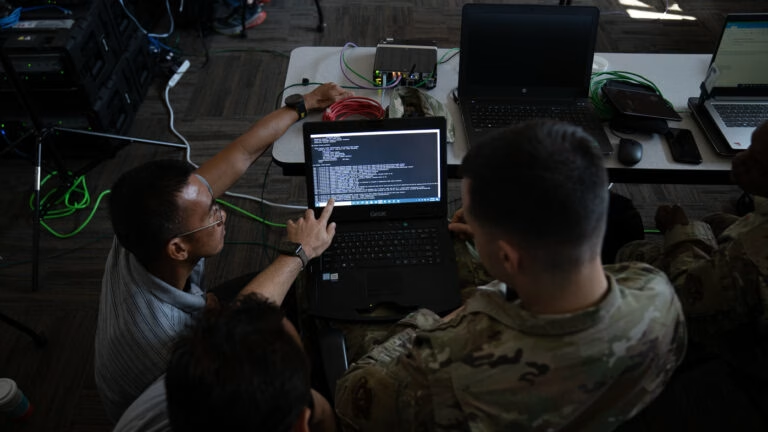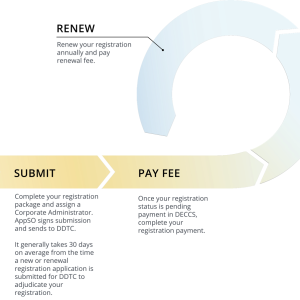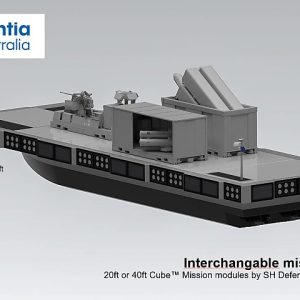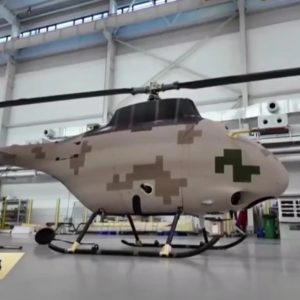Deputy Secretary of Defense Steve Feinberg has ordered a major restructuring of the Department of Defense’s artificial intelligence enterprise, realigning the Chief Digital & AI Office (CDAO) under the Under Secretary of Defense for Research & Engineering (USD(R&E)). The move, billed as streamlining innovation, has sparked debate over whether the Pentagon AI reorganization will accelerate delivery from lab to warfighter or dilute momentum for rapid operational deployment.

What Changed: CDAO Now Reports to USD(R&E)
Feinberg’s August 14 directive reassigns CDAO—previously a direct report to the Deputy Secretary—to the Pentagon’s new R&D chief, Emil Michael, effective immediately. The order launches three reviews over the next 60 to 120 days. Critically, USD(R&E) must recommend a way forward for two AI-driven, enterprise data platforms widely used at senior levels: Advana and the Maven Smart System. The intent is to couple research, data, and software delivery in a tighter, more consistent pipeline.
Established in late 2021, CDAO consolidated disparate initiatives spanning data, analytics, and algorithmic warfare to accelerate adoption across the enterprise. The office wields a rare blend of policy, R&D, and select procurement authorities. Proponents of the Pentagon AI reorganization argue that housing CDAO under R&E will reduce seams between prototyping, testing, and fielding—particularly as AI-enabled applications mature and require disciplined systems engineering.
The Review Timelines—and Why They Matter
The realignment is anchored to aggressive timelines. Within 60 days, USD(R&E) must deliver a comprehensive DoD AI strategy aligned with the administration’s national AI agenda. Within 90 days, recommended updates to the CDAO’s founding directive are due—framed to clarify roles and guard against duplication. Within 120 days, the office must present options for governance, resourcing, and stewardship of Advana and Maven that can endure beyond the current organizational chart.
These reviews are not paper drills. If they lock in common data architectures, responsible AI assurance, and contracting frameworks that help program offices buy AI like software—rapidly and repeatedly—the Pentagon AI reorganization could become a forcing function for scale. If they introduce new wickets or erode direct lines to operators, the pendulum could swing toward slower uptake.
“When you pull an organization that was a direct report to the deputy secretary and move it somewhere else…the message to the force is loud and clear: This isn’t a priority.”
Retired Lt. Gen. Jack Shanahan, founding leader of Project Maven
Operational Stakes: From CJADC2 to Theater Labs
Combatant Commands (COCOMs) have used CDAO as a bridge between experimentation and operations—field-testing AI in live exercises, then hardening workflows for real-world missions. This includes contributions to early versions of AI-enabled battle management under the Combined Joint All-Domain Command and Control (CJADC2) umbrella. A core risk flagged by former officials is that moving CDAO away from the deputy secretary’s span of control could weaken the “last mile” between data science and the operational edge.
To counter that risk, the Pentagon AI reorganization must preserve three operational linkages: (1) direct CDAO access to COCOM experimentation cycles; (2) authority to broker data-sharing and model reuse across components; and (3) rapid authority-to-operate pathways for AI models embedded in existing C2 and intelligence systems. Without these, deployment cadence will lag the pace of algorithmic improvement.
Policy & Procurement: Getting the Plumbing Right
DoD has already codified CDAO’s remit to act as principal staff assistant for data and AI, including responsibilities for data governance, model assurance, and enterprise analytics. Updating the directive should clarify how USD(R&E), USD(A&S), and CDAO split responsibilities for lifecycle tasks—requirements, evaluation, contracting, and sustainment—so programs aren’t trapped between policy guidance and execution authority.
In practice, program success depends on the “plumbing”: standardized data contracts, repeatable MLOps pipelines, modular testing, and common evaluation metrics. If the Pentagon AI reorganization hardwires these into acquisition strategy and budget exhibits, it will ease the burden on program managers and shrink time to fielding.
Data Fabric: Advana, Maven, and the Scale Challenge
Advana provides shared data environments and analytics for enterprise decision-making; Maven operationalizes computer vision and other AI at the tactical edge. Sustaining both at scale requires stable platform funding, clear product ownership, and tight integration with cybersecurity and classification workflows. The realignment should produce a durable operating model that treats data and models as reusable assets across missions—rather than bespoke builds.
A “platform-first” approach—governing model registries, lineage, evaluation, and red-teaming at the enterprise level—would allow units to compose applications faster while maintaining responsible AI safeguards. This is where USD(R&E)’s systems engineering discipline can complement CDAO’s enterprise data mandate.
Industry Signal: AI Is Mainstream, But Speed Still Wins
Industry has already mainstreamed AI into product cycles, customer support, and security monitoring. The Department’s challenge is to adopt best-in-class practices—DevSecOps, continuous ATO, usage-based licensing—without losing sight of mission urgency. Critics worry the Pentagon AI reorganization places AI back into the “R&D box,” slowing transitions. Supporters counter that institutionalizing AI inside R&E is precisely how to normalize scale and sustain it across decades.
The truth likely sits in execution. The strongest signal DoD can send is accelerated deployment in a handful of high-value workflows—counter-UAS, maritime domain awareness, and contested logistics—paired with transparent metrics: cycle time from data ingestion to model update, hours to deploy into production, and mission outcomes linked to model improvements.
“Demoting AI within the Pentagon seems risky… The Pentagon has already been too slow at scaling AI adoption.”
Michael Horowitz, former DoD policy official
Bottom Line
If the reorganization cements enterprise data standards, clarifies authorities, and preserves CDAO’s direct line to operators, it can speed AI from prototype to production. If it adds approval layers or weakens operational ties, it could hinder momentum just as adversaries field advanced autonomy at scale. Over the next 120 days, watch for concrete moves on platform ownership, acquisition playbooks for AI, and measurable deployment targets—the real tests of whether this Pentagon AI reorganization is an accelerant or a brake.
Internal link: New Navy–Marine AI & Data Strategy Targets Wartime Speed
External source: Breaking Defense – Pentagon moves AI office under R&D
Reference document: DoD Directive 5105.89 – Chief Digital & AI Officer












